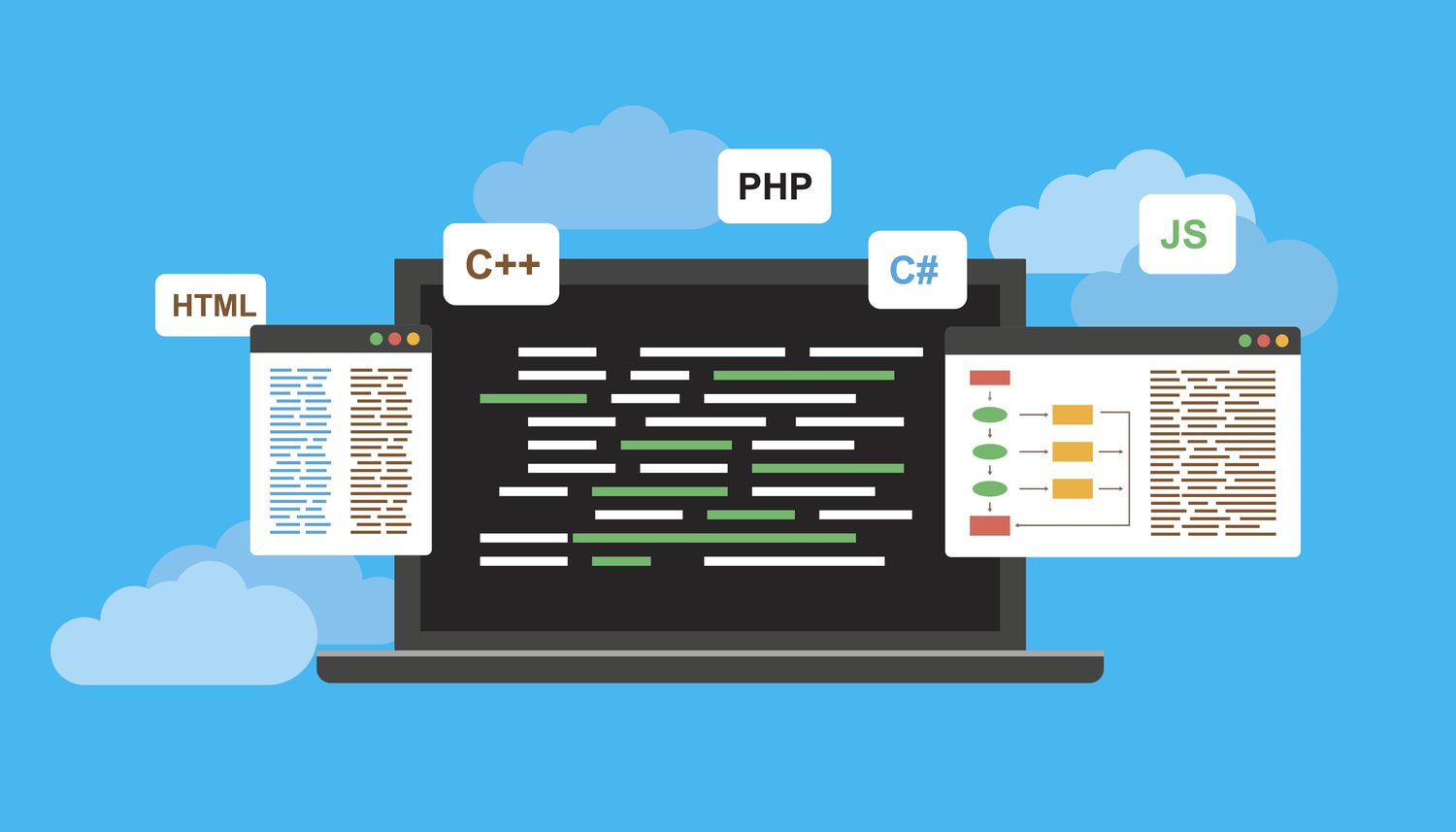Open-source Software (OSS): Definition
While many application creators keep the secrets of their technology under lock and key, open-source software (OSS) takes the exact opposite approach, encouraging collaboration, transparency, and community development.
What is Open-source software (OSS)?
Open-source software (OSS) is software with source code that anyone can inspect, modify, and enhance. Source code is the part of the software that computer programmers manipulate to change how an application functions or to add new features. Anyone with access to a software’s source code can improve or customize the application by adding features to it or troubleshooting existing errors. Open-source software appears in most web applications and devices you use today. Some examples of open-source software are Linux, an open-source operating system, and Mozilla Firefox, an open-source internet browser.
How does OSS work?
Open-source software is shared in a public repository, granting access to anyone who wants to work on the source code. However, open-source software tends to come with a distribution license, which establishes how people can interact, modify, and share the OSS.
Once changes are made to the source code, the OSS should signify those changes and what methods were used to make them. Also, depending on the license, the resulting OSS may or may not be required to be free. With that, most open-source software is free but some require up-front costs or subscription fees.

What are the advantages and disadvantages of open-source software?
Advantages
- OSS is free.
- Open-source is flexible; developers can examine how the code works and freely make changes to dysfunctional or problematic aspects of the application to better fit their unique needs.
- Open-source is stable; the source code is publicly distributed, so users can depend on it for their long-term projects since they know that the code’s creators cannot simply discontinue the project or let it fall into disrepair.
- Open-source fosters ingenuity; programmers can use pre-existing code to improve the software and even come up with their own innovations.
- Open-source comes with a built-in community that continuously modifies and improves the source code.
- Open-source provides great learning opportunities for new programmers.
Disadvantages
- OSS can be more difficult to use since it may have less user-friendly interfaces or features that aren’t familiar to all programmers.
- Compatibility issues may arise if the hardware used to create a piece of open-source software isn’t available to all programmers working on it. This could also drive up the costs of the project.
- OSS doesn’t come with the same warranties and indemnification as proprietary applications. This could become a problem as open-source software may provide no real protection from infringement.
Why do people prefer using OSS?
Control. Many people prefer open-source software because they have more control over that kind of software. They can examine the code to make sure it’s not doing anything they don’t want it to do, and they can change parts of it they don’t like. Users who aren’t programmers also benefit from open-source software, because they can use this software for any purpose they wish—not merely the way someone else thinks they should.
Training. OSS helps them become better programmers. Because open-source code is publicly accessible, students can easily study it as they learn to make better software. Students can also share their work with others, inviting comments and critiques, as they develop their skills. When people discover mistakes in programs’ source code, they can share those mistakes with others to help them avoid making those same mistakes themselves.
Security. People consider it more secure and stable than proprietary software. Because anyone can view and modify open-source software, someone might spot and correct errors or omissions that a program’s original authors might have missed. And because so many programmers can work on a piece of open source software without asking for permission from original authors, they can fix, update, and upgrade open source software more quickly than they can proprietary software.
Stability. Many users prefer open-source software to proprietary software for important, long-term projects. Because programmers publicly distribute the source code for open-source software, users relying on that software for critical tasks can be sure their tools won’t disappear or fall into disrepair if their original creators stop working on them. Additionally, open-source software tends to both incorporate and operate according to open standards.
Community. Open-source software often inspires a community of users and developers to form around it. That’s not unique to open source; many popular applications are the subject of meetups and user groups. But in the case of open source, the community isn’t just a fanbase that buys in (emotionally or financially) to an elite user group; it’s the people who produce, test, use, promote, and ultimately affect the software they love.

The Bottom Line
Open-source software is an alternative to proprietary software. Participating in an OSS project can be a pathway to building a career in software development, allowing programmers to hone their skills by working on the biggest software programs in the world. Facebook, Google, and LinkedIn all release OSS, so developers can share knowledge, innovate solutions, and contribute to stable, functional products.